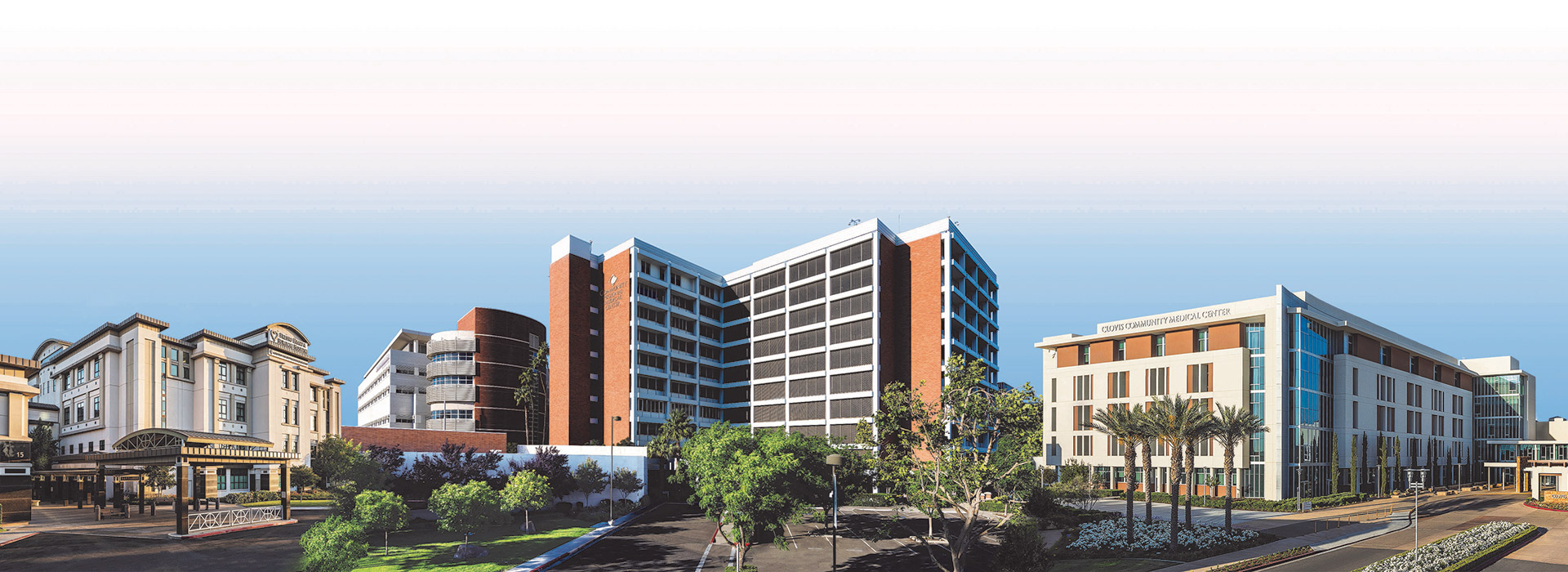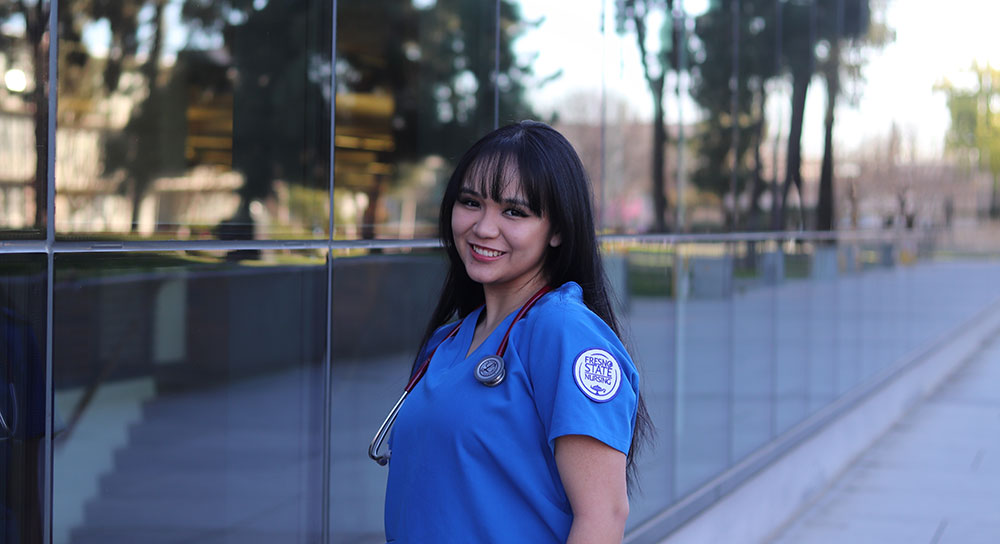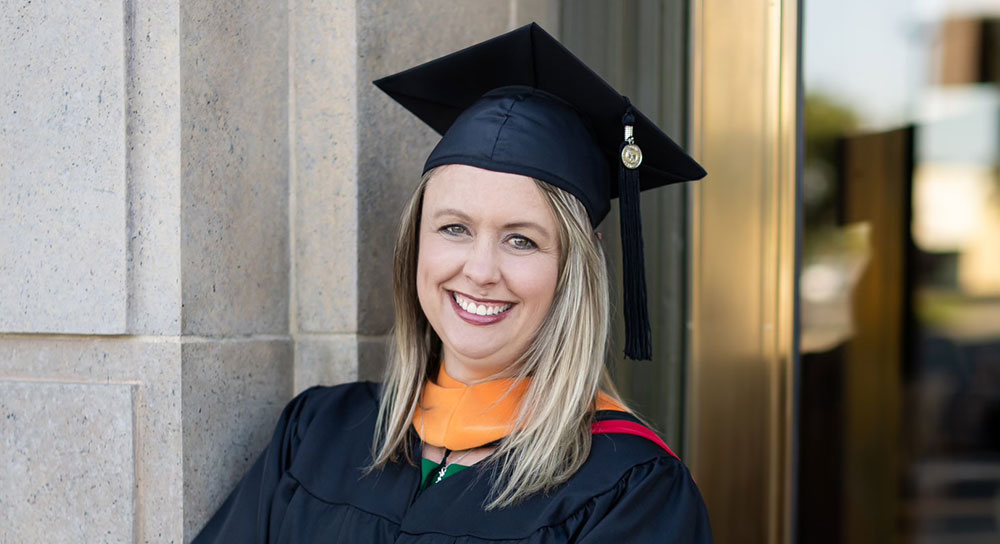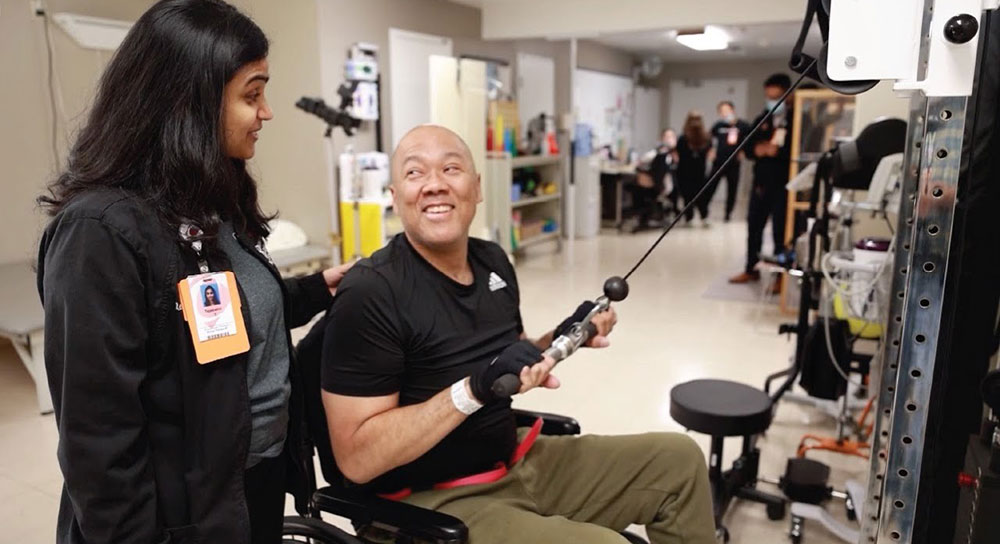 In the United States alone, almost 800,000 people have a stroke each year. Stroke kills approximately 130,000 Americans per year, accounting for one death every 4 minutes on average. It is the fifth-leading cause of death and the leading cause of serious disability. It is responsible for an estimated annual $34 billion in cost from the direct health expenses of treating stroke related health problems and providing care for those left with permanent disability, as well as the indirect costs of missed work and lost productivity in the workforce. Although long thought of as a disease afflicting the elderly, recently published research demonstrated a 44% nationwide increase in stroke among younger adults, ages 25 to 44.
In the United States alone, almost 800,000 people have a stroke each year. Stroke kills approximately 130,000 Americans per year, accounting for one death every 4 minutes on average. It is the fifth-leading cause of death and the leading cause of serious disability. It is responsible for an estimated annual $34 billion in cost from the direct health expenses of treating stroke related health problems and providing care for those left with permanent disability, as well as the indirect costs of missed work and lost productivity in the workforce. Although long thought of as a disease afflicting the elderly, recently published research demonstrated a 44% nationwide increase in stroke among younger adults, ages 25 to 44. Here in the Central Valley we face additional challenges. The rate of new stroke in Fresno County is higher than the California state average. Additionally the rate of deaths from stroke in Fresno, Kings, Tulare, Merced, and Stanislaus counties are among the highest in the nation according to the Center for Disease Control and Prevention (CDC). High blood pressure and obesity, both risk factors developing stroke, are higher in Fresno County than the state average.
These are sobering statistics by any measure. But there is good news as well. The methods used to treat a new stroke these days are more effective than any time in history. The last several years have witnessed the emergence of highly effective endovascular stroke therapies (i.e. treatments involving physically removing the blockage of a brain blood vessel) in addition to the previously available intravenous therapy (i.e. injecting a “clot-busting” medication into a vein).
To date, there have been numerous published large studies involving a wide variety of stroke patients across four continents demonstrating the ability of newer endovascular treatments, especially in combination with intravenous treatment when possible. I am proud to have personally witnessed such improvements in patients that I have had the honor to treat along with the two other members of our endovascular neurosurgical team at Community Regional Medical Center.
In numerous cases, patients who came in with strokes severe enough to have been fatal or severely disabling instead were able to return home after a brief hospital stay with no significant residual symptoms.
As of 2013, the stroke program at Community Regional has been able to provide this new service to hundreds of patients in the Central Valley, including patients from Fresno, Clovis, Visalia, Tulare, Madera, Merced, Sonora, and Hanford among other communities.
As the only stroke center in the Valley equipped to perform endovascular treatments, we are also proud of the relationships we have built with other Central Valley area hospitals to rapidly transfer patients to Community Regional if they are eligible for endovascular stroke treatment. We also have the Central Valley’s only dedicated neurologic intensive care unit (ICU) and team of neurointensive care physicians and nurses to manage the most complex stroke patients, including bleeding strokes and ruptured brain aneurysms. By contrast, previous Central Valley patients with complex stroke and ruptured brain aneurysms had to be sent to medical centers hours away, wasting critical time and adding travel expense for loved ones.
We also have more knowledge about what you can do to avoid a stroke than any time in history. New research published this year found that 90% of stroke worldwide can be prevented by modifying several important risk factors. These include treating high blood pressure, quitting cigarette smoking, avoiding excessive alcohol use (i.e. more than 2 drinks per day for a man or more than 1 drink per day for a woman), reducing weight for individuals who are overweight or obese, treating high cholesterol, switching to a diet rich in fish, vegetables, and fiber (and low in processed foods and red meats); engaging in regular exercise, and reducing overall stress levels. Incidentally, regular exercise is itself a proven method to reduce overall stress, while also reducing the risk of both stroke and heart disease in other ways.
And finally, perhaps the most important thing you should know about stroke is to call 9-1-1 as soon as possible if you or someone who love develops stroke symptoms. According to the American Stroke Association, 91% of patients who obtain modern stroke treatment within 2 ½ hours have a very good outcome. Time is of the essence, and every minute counts.
Dr. Amir Khan is a vascular neurologist and endovascular neurosurgeon. He is the medical director for stroke at Community Regional Medical Center.





